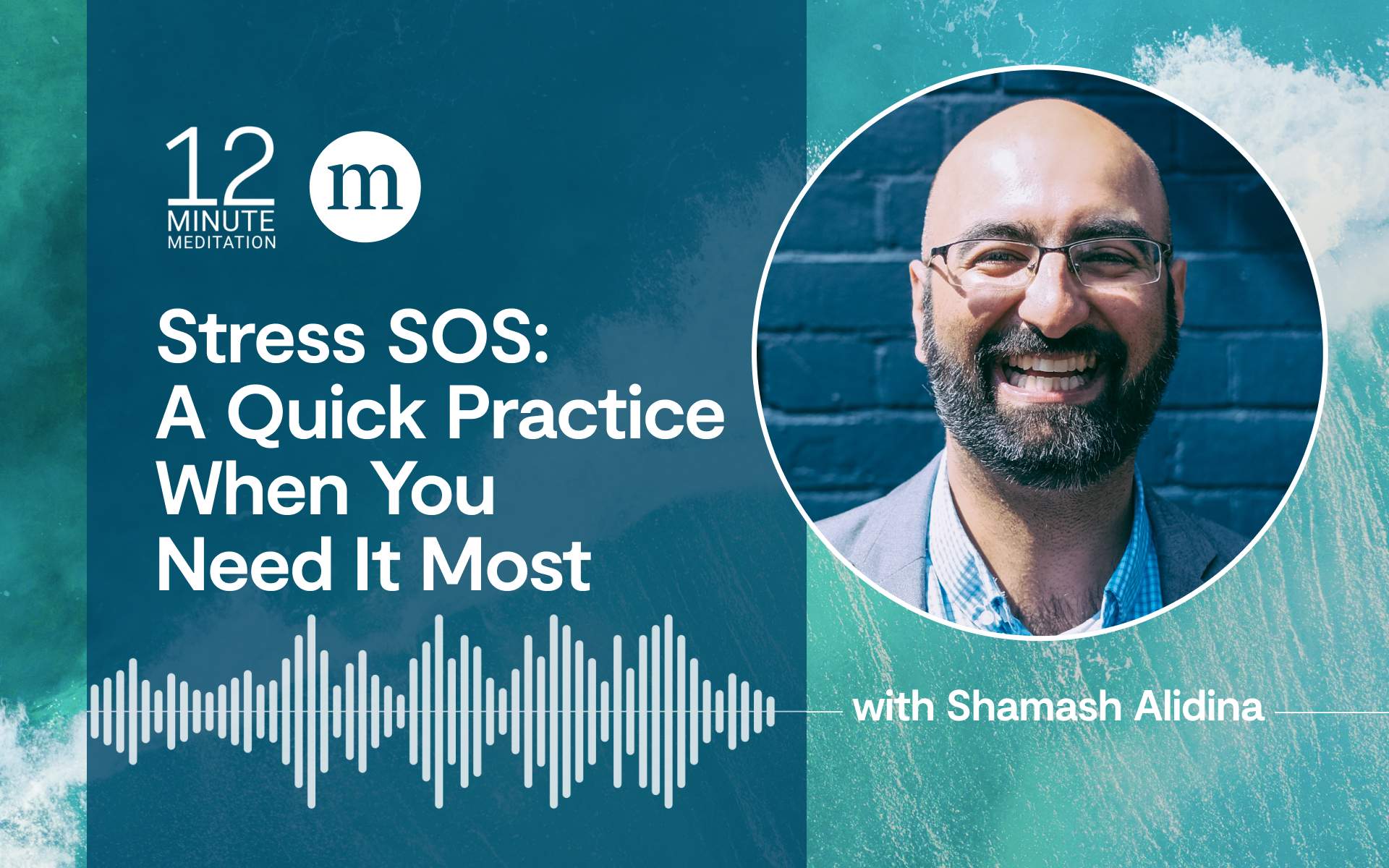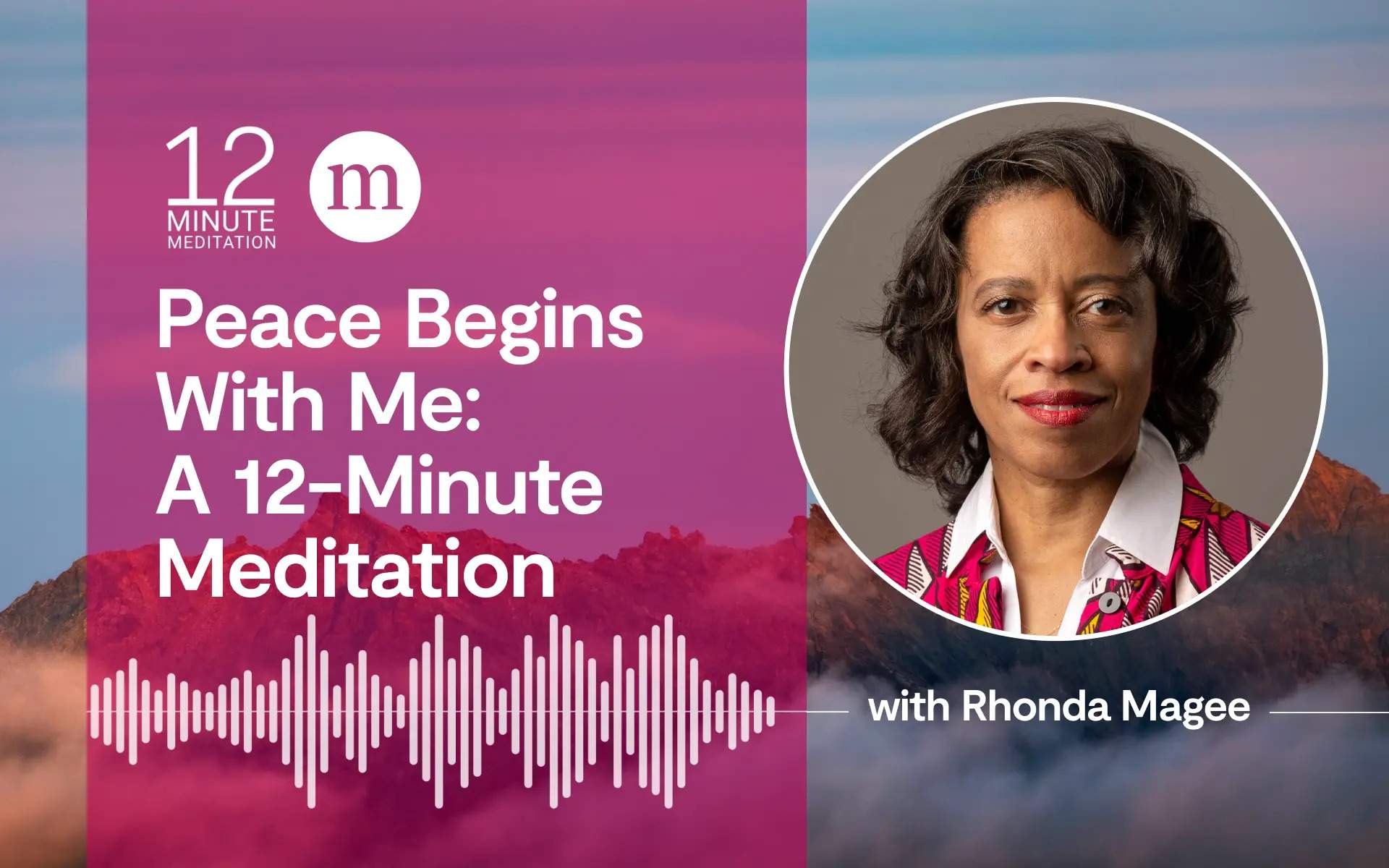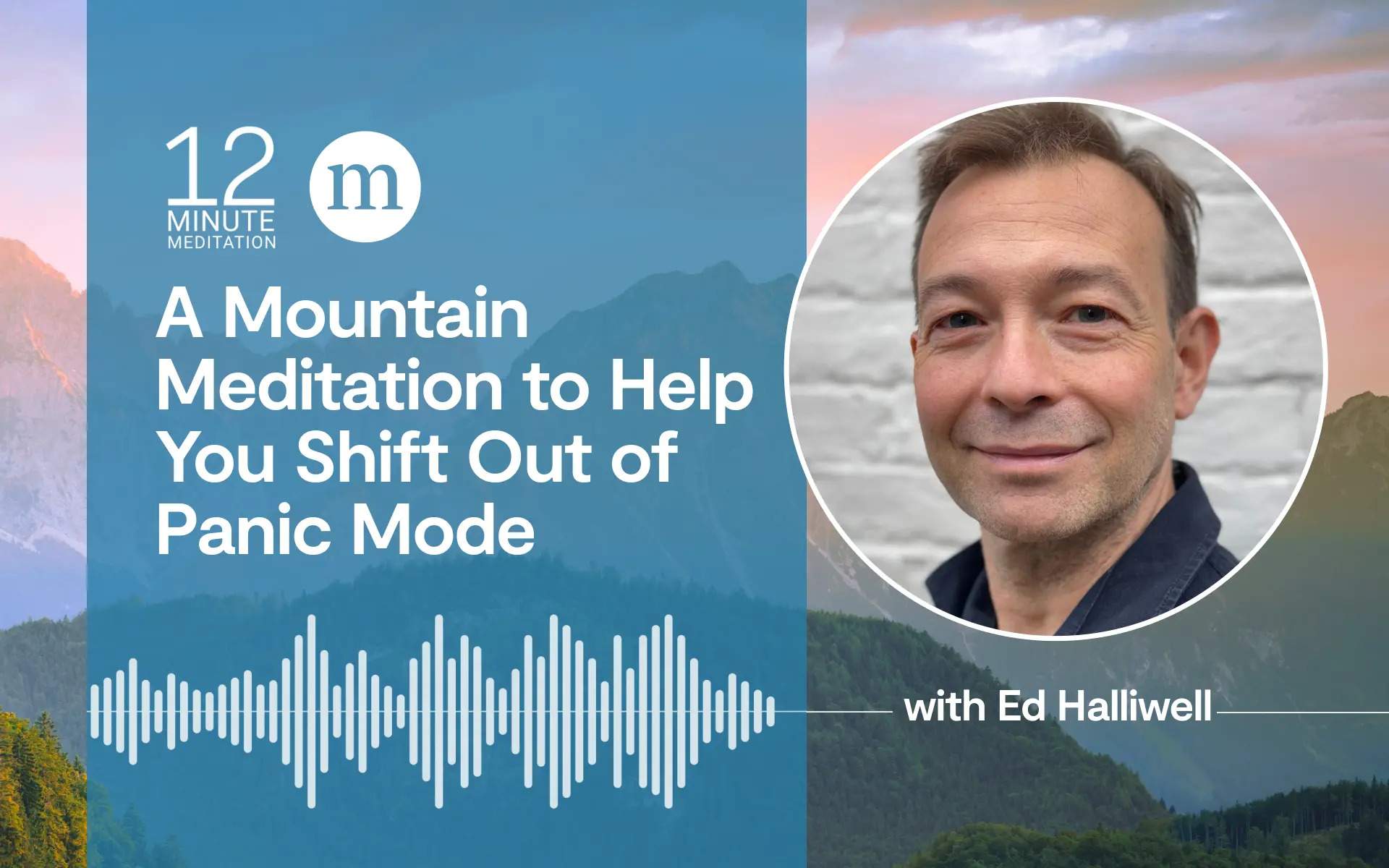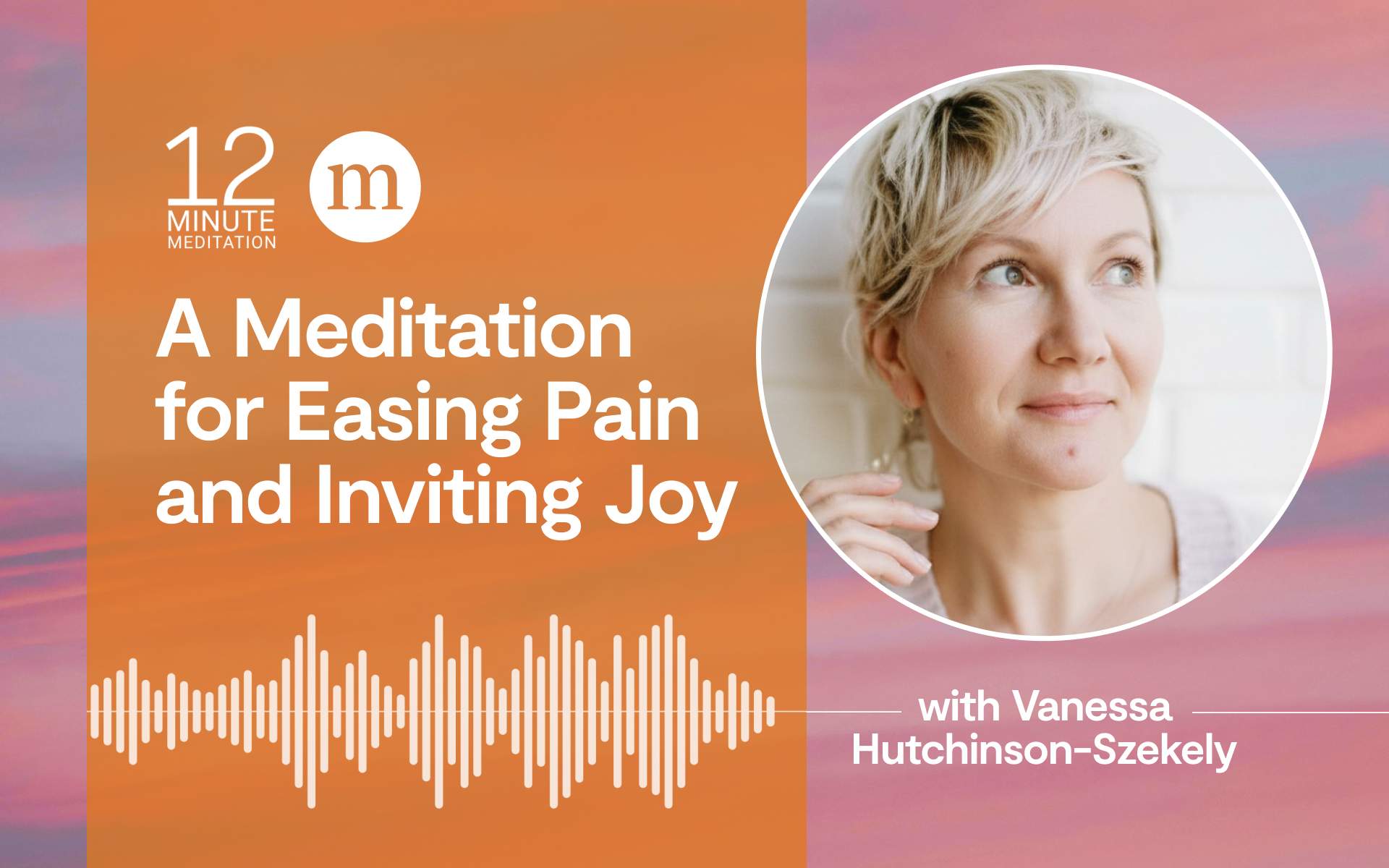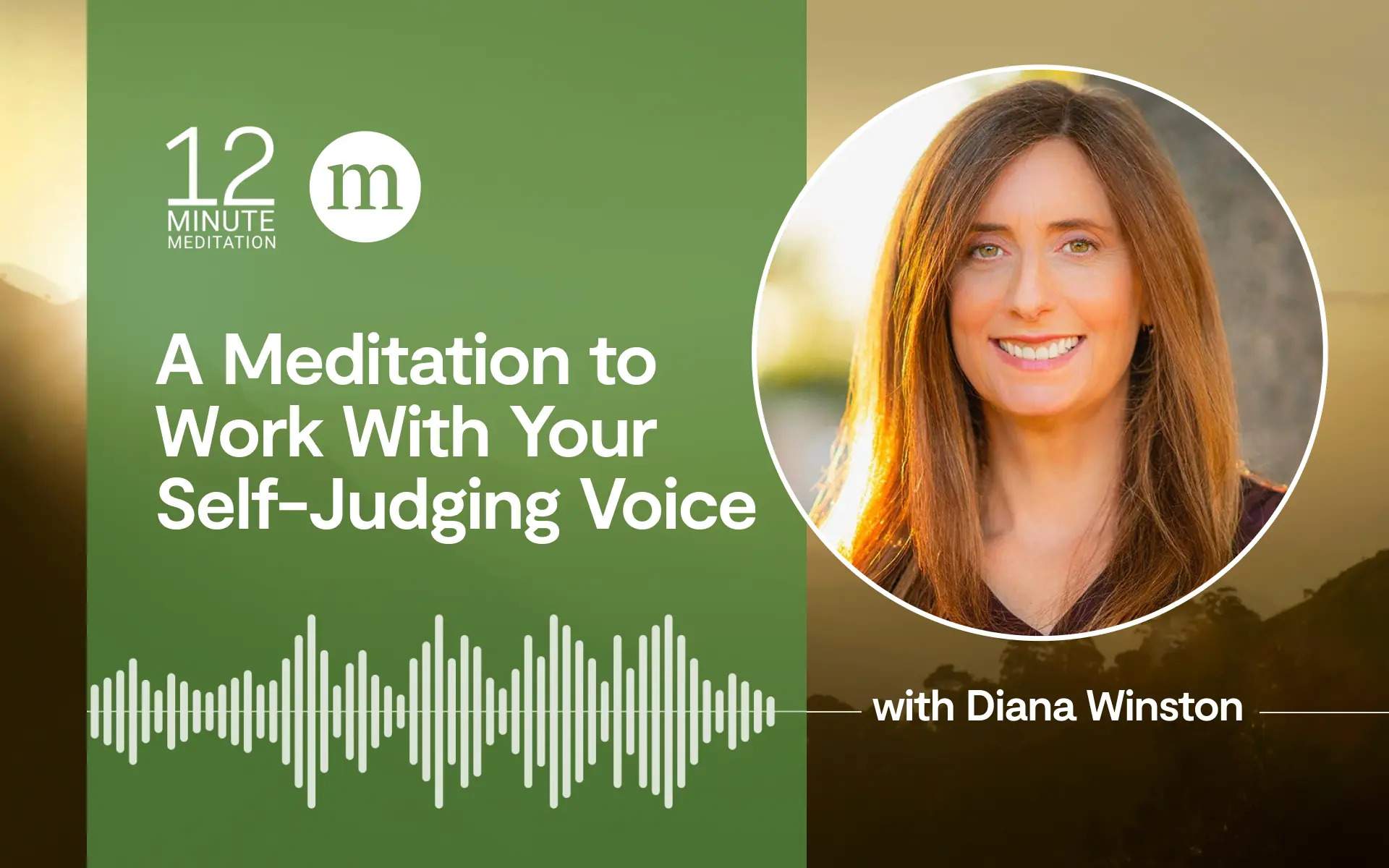We’re practicing mindfulness each time that we bring attention to a body part and are aware that we are doing so. Practicing mindfulness through this 10-minute body scan involves moving attention through various parts of the body. You will notice sensations that are present in your feet or hands or legs such as tingling, tightness, temperature, or you might notice a lack of sensation; simply be aware of it.
We’re practicing mindfulness each time that we bring attention to a body part and are aware that we are doing so.
We typically do the body scan by lying down on the floor or a soft surface, but if that’s not possible for you, you can certainly do the body scan while sitting in a chair.
A 10-Minute Body Scan Practice
As we begin this 10-minute body scan, we’ll be slowly and systematically moving attention through the various regions of the body, from the feet to the top of the head, noting any physical sensations as we go along.
- As you are lying on whatever surface you’re on, notice what it feels like to be lying there. Noticing the sensations present in this moment, noticing temperature, noticing points of contact with the body and the surface, noticing the rise and the fall of the abdomen. Allowing the body to rest in this position and noticing sensations as you breathe in and as you breathe out.
- Left foot and leg: Feeling the air move in and out of your body, let’s begin by bringing attention to the toes of your left foot. With the in-breath, noticing the sensations present or lack of sensation. And then with an out-breath, letting go of the toes and move your attention to the bottom of the left foot, including the heel touching the floor. Noticing all the sensations present in that region of the body, also notice how lack of sensation is something the mind can be aware of. Move on to the top of your left foot and ankle, noticing sensation. Now moving to the lower leg, knee, thigh, and hip on the left side of the body.
- Right foot and leg: Moving awareness, now, to the toes of the right foot, the bottom of the right foot, including the heel touching the floor. Bringing awareness to the sensations present in that part of the body. Moving on to the top of your right foot and ankle and scanning that region with awareness, noticing sensations present or lack of sensation. Now move into the lower leg, knee, thigh, and hip on the right side of the body.
- Pelvis: Bringing awareness now to the pelvic region, noticing sensations present or lack of sensation.
- Lower back and abdomen: Bringing awareness to the lower back and abdomen, aware of what’s there, without judgment or assessment, simply noticing with awareness.
- Upper back, ribs, and chest: Continuing to scan the back, the rib cage, and chest.
- Shoulders: Moving now to the shoulder blades and shoulders, noticing what is present in those regions of the body.
- Fingers and hands: From here, go to the fingers and the hands, the left and right together. Tuning into the fingers, thumbs, palms, back of the hands, wrists, noticing what’s there, noticing sensations present in the hands and the fingers.
- Wrists and arms: Now moving awareness to the wrists, forearms, elbows, upper arms, and shoulders, and noticing what sensations are present in those regions of the body. On an out-breath, let go of the whole of the arms and the hands.
- Neck and throat: Moving now to the neck and the throat, noticing what is there or not there.
- Head: Moving on to the head and face, and scanning with awareness the jaw, and the chin, the lips, the teeth, and gums, roof of the mouth, tongue, the back of the throat, the cheeks, and the nose. Feeling the air moving in and out of the nose. Then bringing awareness to the ears, the eyes, the eyelids, eyebrows, forehead, temples, and scalp, holding the whole of that region with awareness.
- Now, notice the breath: Stay in the present moment with the breath flowing in and out of the body, simply awake to whatever arises and predominates in your field of awareness at any given moment. And this may include thoughts or feelings, sensations, sounds, the breath, stillness, and silence. Be with whatever comes up in the same way you were with the scan.
- Notice how you may tend to react to impulses, thoughts, memories, and worries: Let yourself purposefully observe them without rejecting or pursuing. Practice simply seeing and letting go, seeing and letting go. No agenda other than to be present and awake.
- Closing: In a moment, you’ll hear the sound of the chimes and move the awareness from the body to the sound. And as you follow the last sound to the end, gradually wiggle the toes and move the feet and stretch in whatever way you like. Coming back into the room, fully awake and fully present.
As we bring this 10-minute body scan practice to a close, may we be peaceful and at ease, may our hearts be soft and open, may we be safe and protected, and our bodies healthy and strong. And for all of those known and unknown to us, may they be peaceful and at ease, may their hearts be soft and open, may they be safe and protected and their bodies healthy and strong. May the merit of this practice be for the benefit of all beings.
Introduction text adapted from Harvard Pilgrim. This practice was originally published on Mindful.org in October 2018.
read more
Busy Times, or Anytime: Nine Ways Mindfulness Reduces Stress
You’ve probably heard that mindfulness reduces stress levels. But how does it help? Shamash Alidina shares the research—plus, a meditation you can turn to anytime.
Read More
Peace Begins With Me: A 12-Minute Meditation
Taking a moment to pause can enable us to move in the direction of suffering, to work, and to alleviate it, with wisdom and compassion.
Read More
When You’re Depressed: Is There Room to “Let Go”?
You can’t push away a panic attack. But what happens when you let it play out? Writer and mindfulness teacher Ed Halliwell on how mindfulness helps him navigate anxiety and depression.
Read More



